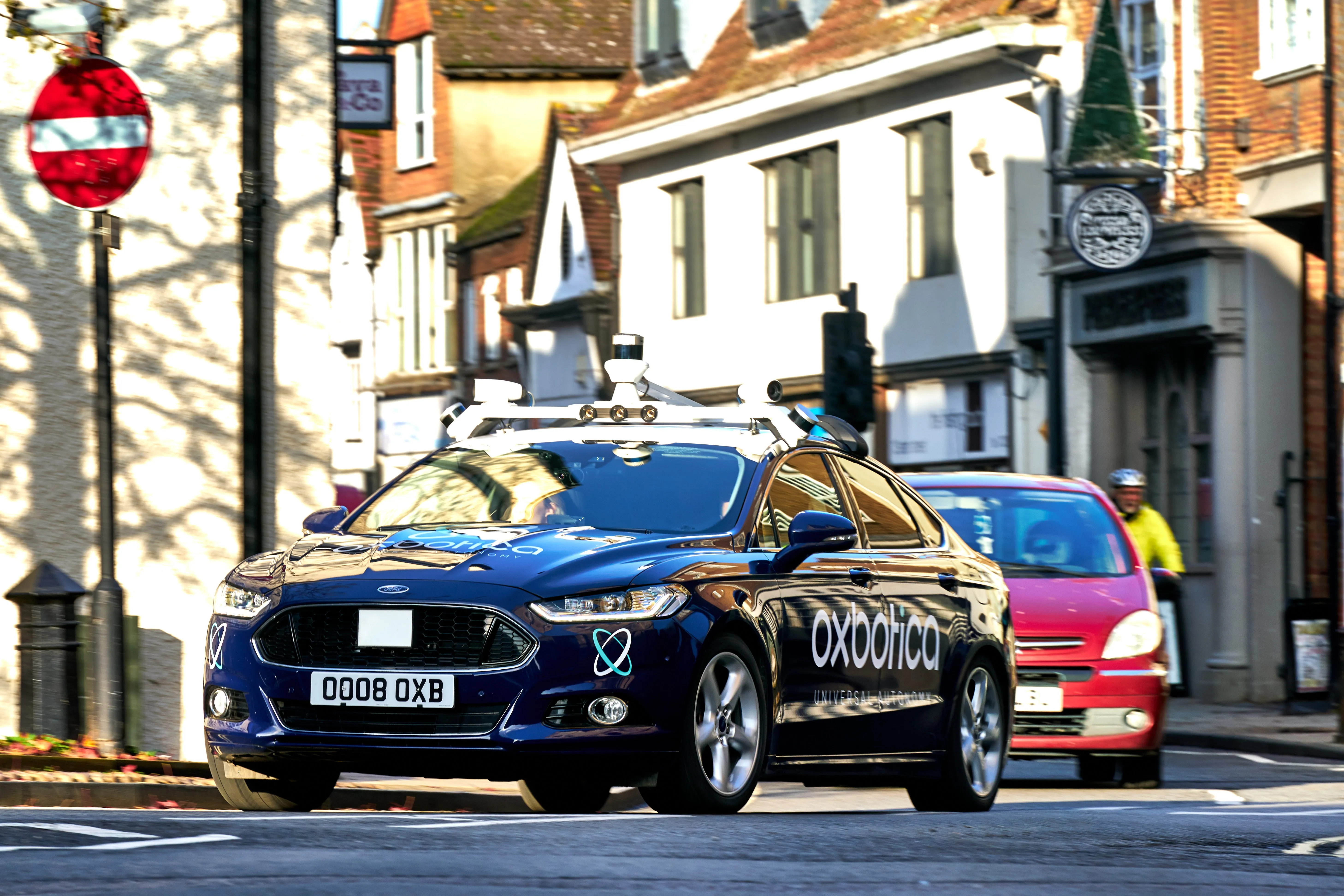Qualcomm Technologies’ latest connected dashboard combines QNX CAR software and its Snapdragon Automotive Solutions (SAS) platform. The highly integrated, thermal-efficient automotive-grade SAS platform combines the CPU, GPU, 4G LTE modem, GPS/GNSS, Bluetooth and wi-fi. It manages all infotainment features and also processes vehicle safety information from camera, ultrasonic and LIDAR sensors, and delivers relevant information to the driver in real time. Its driver assistance system uses LIDAR and ultrason
March 19, 2015
Read time: 1 min

Its driver assistance system uses LIDAR and ultrasonic sensors to detect obstacles around the vehicle and alerts the driver through the cluster or side-view displays, as well as through an obstacle awareness system of dashboard LEDs.
This system projects colour-coded warnings onto the windshield to indicate the location and proximity of the object.









